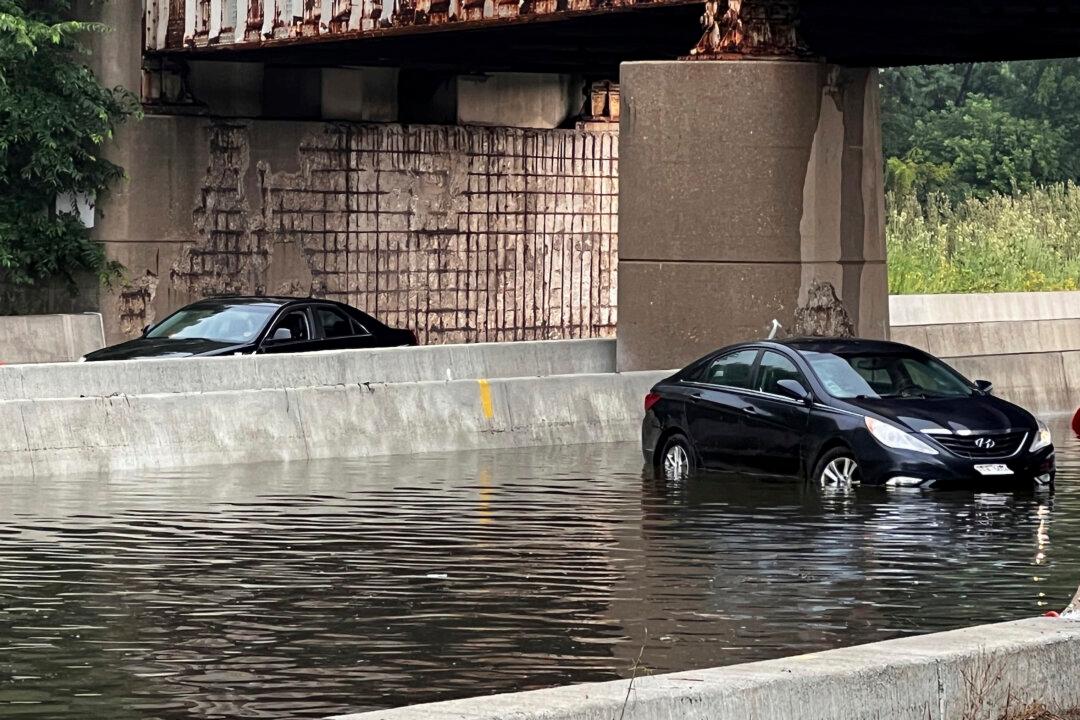TALLAHASSEE, Fla.—In Florida, a grim task is unwinding slowly: Finding out many people were killed in Hurricane Michael.
The storm that ravaged Florida’s Panhandle left incredible destruction stretching from the Gulf of Mexico to the state border, but so far getting a firm grasp on how many died is proving somewhat elusive.





